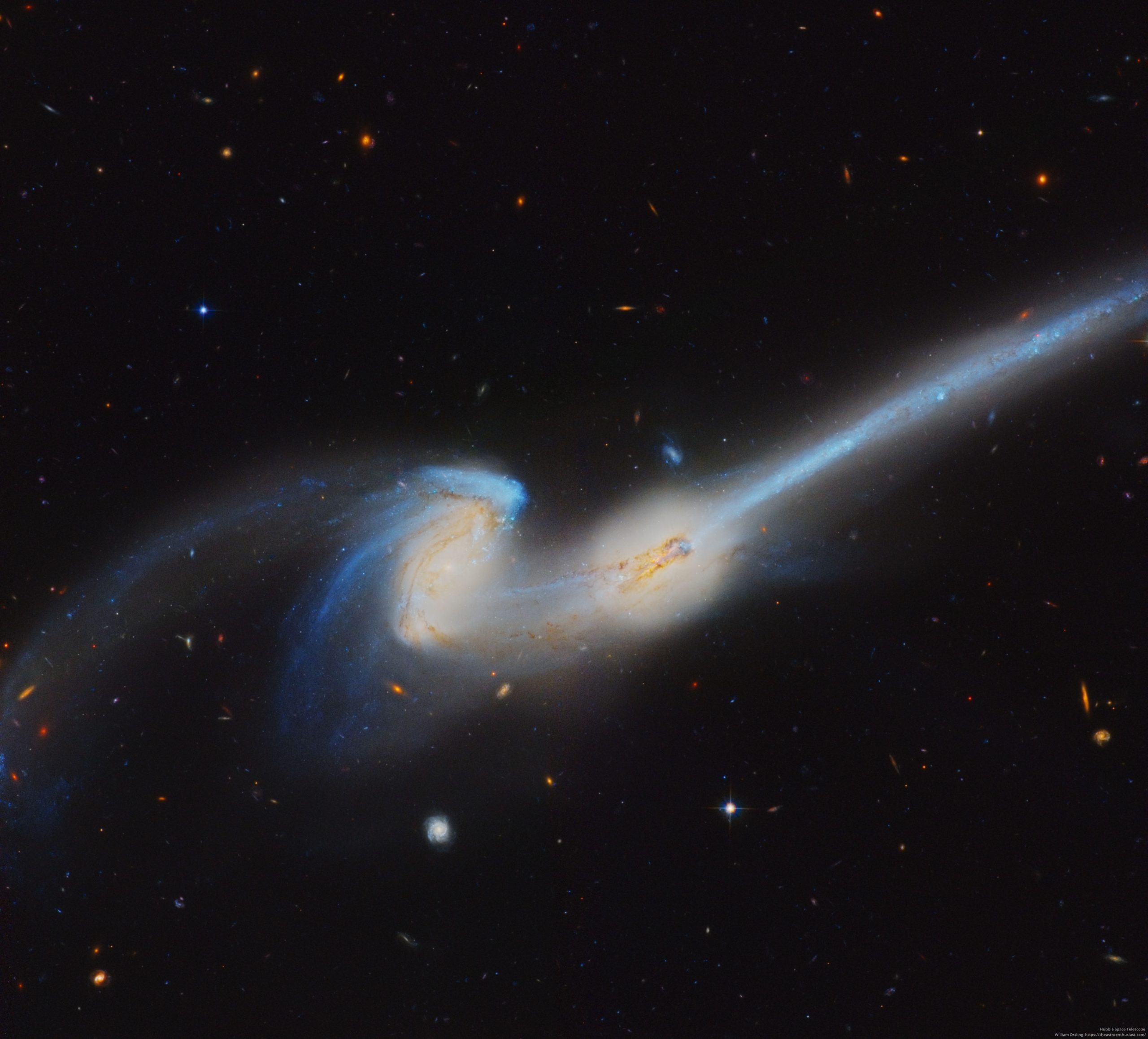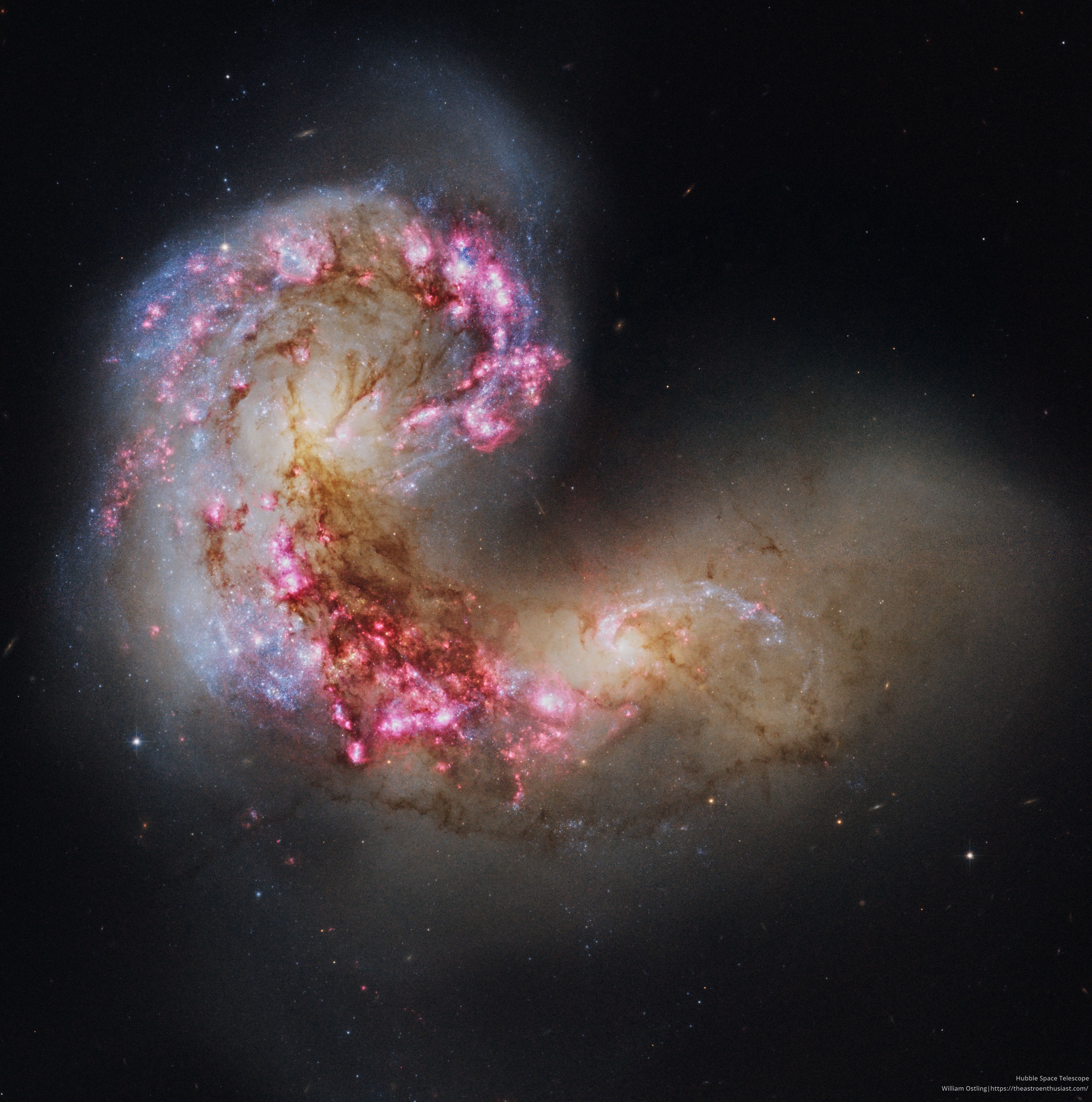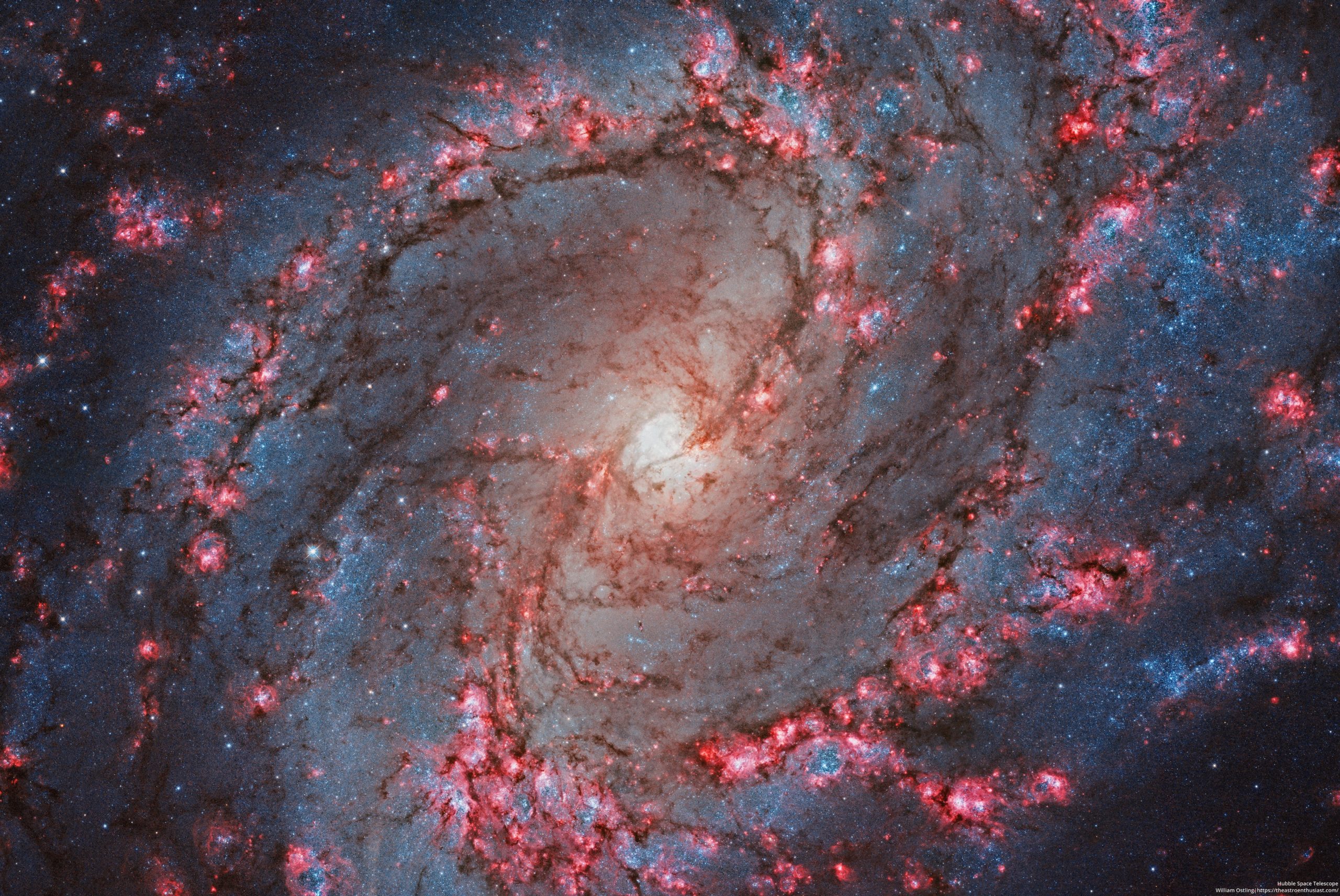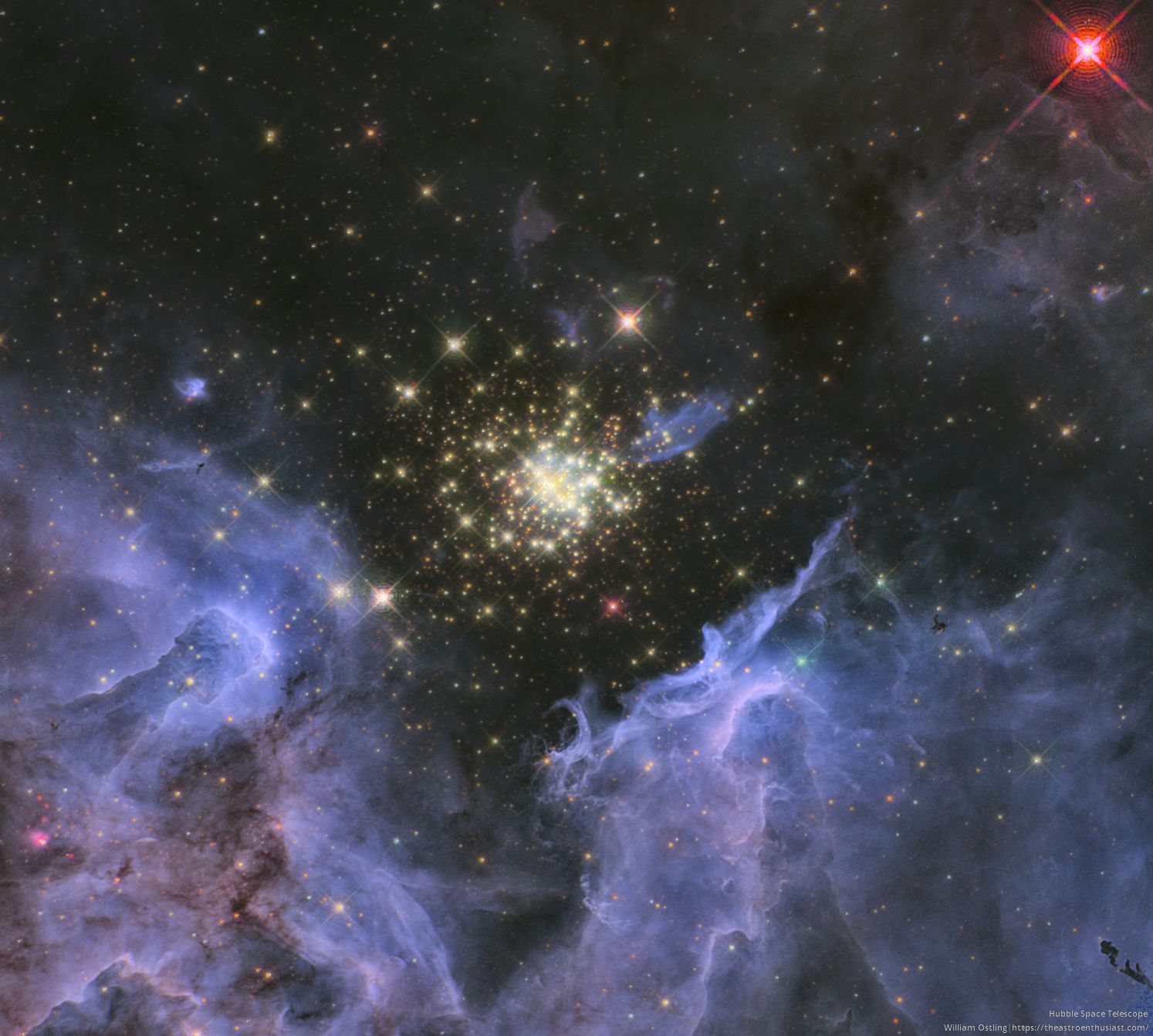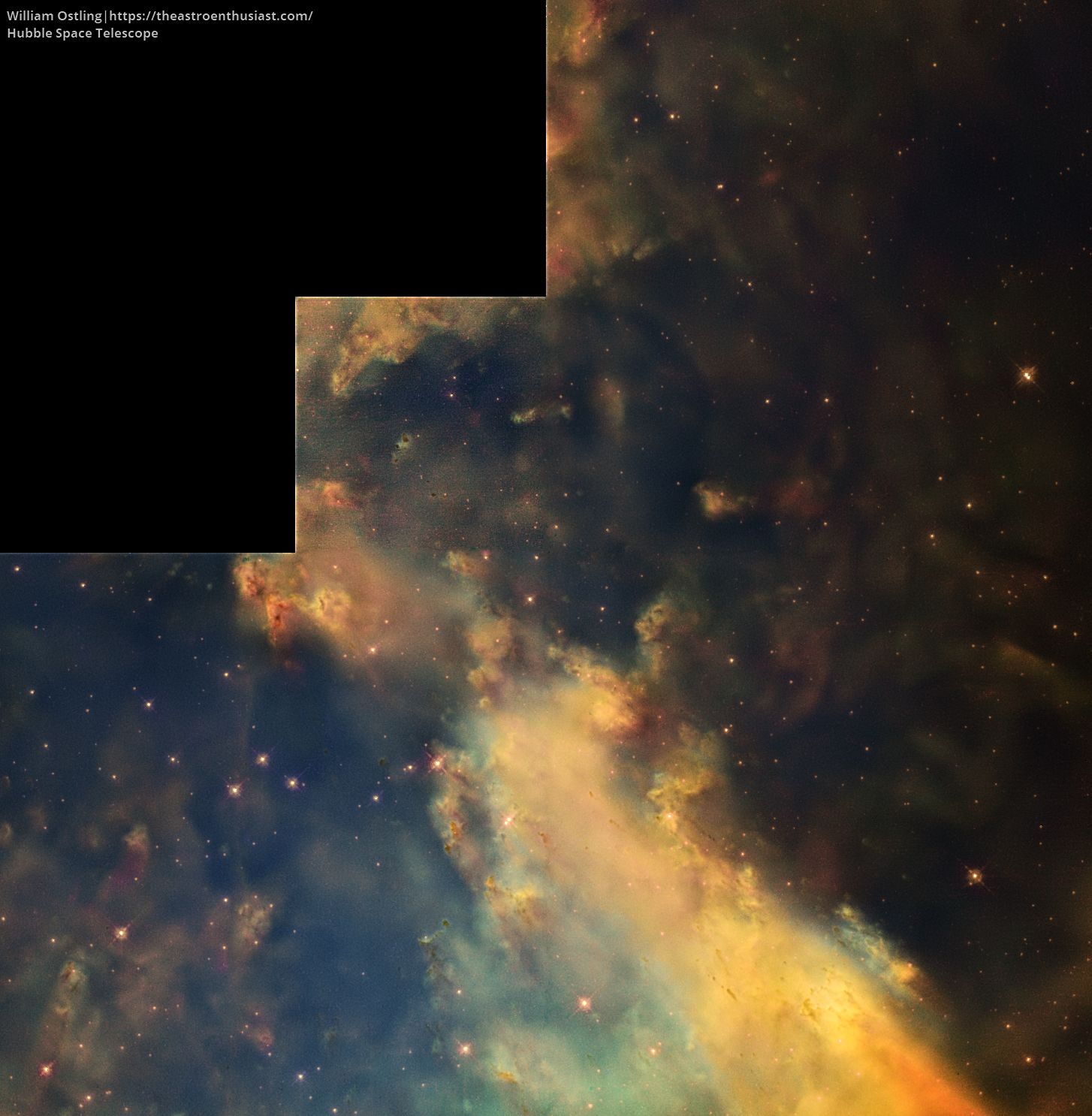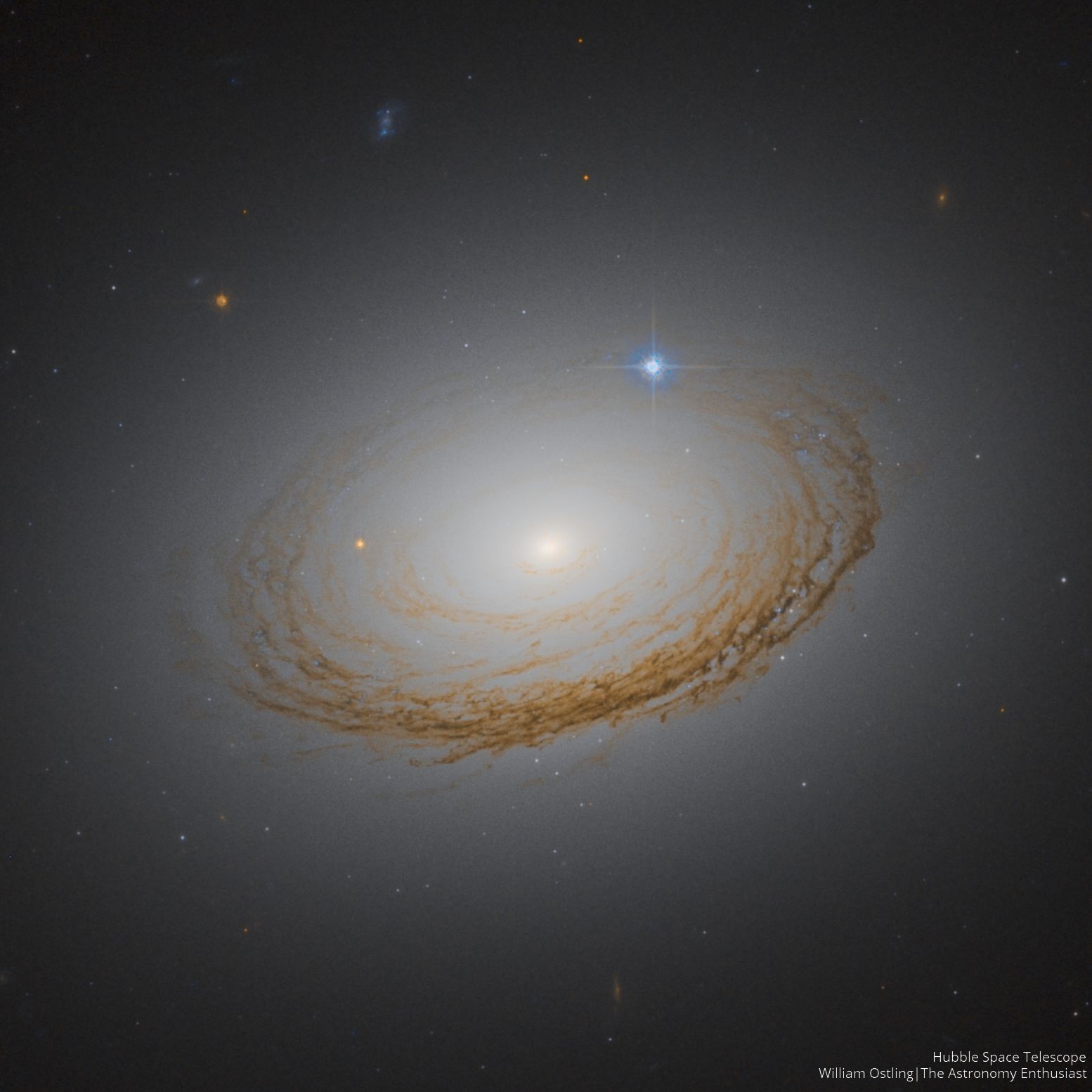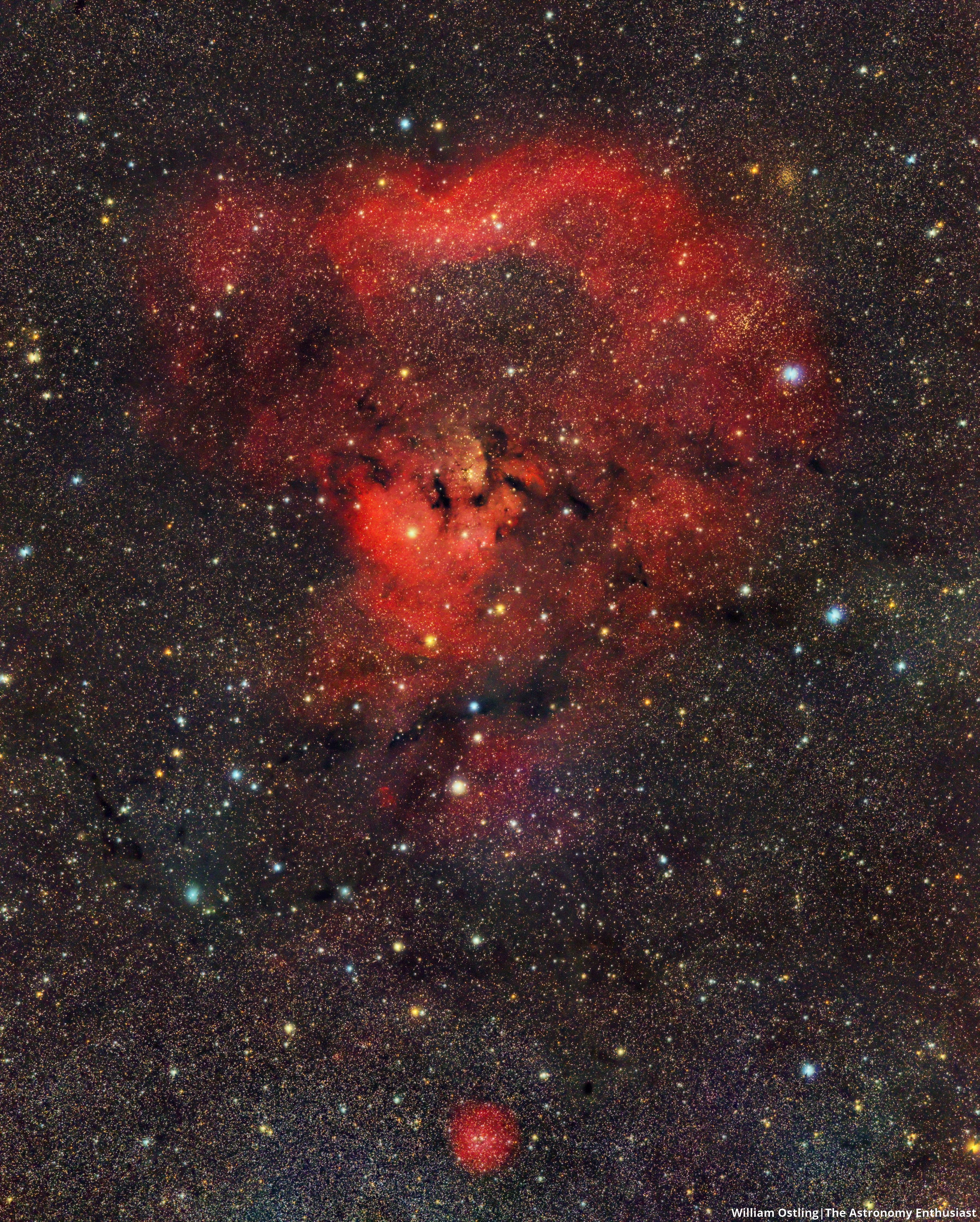The ghostly shell of Andromeda
This image, I think, is one of the best images I have produced. It’s absolutely incredible to me the vastness of this object — it would take light 200,000 years to cross this galaxy. 26 hours of pure data from a bortle 1 site were used to create the incredibly deep astrograph. The faint shell around the bright galaxy was most likely created by past gravitational interactions with other galaxies. Image: Equipment: Nikon D90 Sigma 300mm prime lens Sky-Watcher Star Adventurer Star Adventurer Tripod Bahnitov Mask Intervalometer […]
Read more

